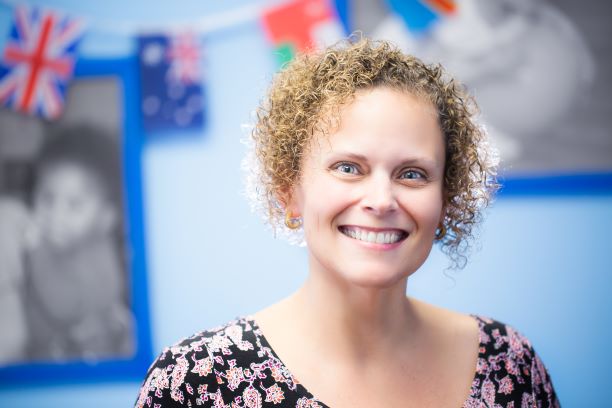When schools moved to distance learning last spring, educators already knew their students. They had spent months getting to know them, teaching classroom policies and procedures, understanding how each student learned best, and even knowing which students had personal obstacles that impacted their experience in the classroom.
For most educators heading into the 2020-2021 school year, the opportunity to build classroom communities looks a lot different. They are going to have to rely on video in order to establish routines, build community, and get to know their students.
Having the right attitude going into a virtual or hybrid classroom will be half the battle. As an educator, if you accept the environment, alter your mindset, and tap into your creativity, you’ll come out on top and be a model of perseverance and resilience for your students.
Take note from our friend Jamie Ewing, who challenges us to make it a “magical unicorn year”:
Read on to learn how you can embrace the oddities of the new school year and create a sense of community for online students despite social and physical distancing.
4 ways to build classroom community online
Introductions
You will no doubt be looking for ways to foster relationships with your students and give them the chance to get to know one another. Try one of our new back to school templates for Prezi Video (elementary school; middle/high school) or our two new back to school poster templates for Prezi Design. Use these to create a short introduction of yourself so students and their families can get to know you. You could also have students create one too and share it with the class.
Teacher Brittany Siano made a virtual “about me poster” on Prezi Video:
And Mrs. St. Hill-Des Anges has a great outlook to starting the year in a virtual setting:
Communications
Communication with students and parents, as well as between the school and parents, will be critical. Video messages must be clear and delivered with consistency (same day of the week, same time of the day).
Principal Mike Ruehle delivers a message to everyone each school day. They include important announcements, dates, inspiration, and humor. Check out his welcome to the first day of school:
Procedures
Whether it’s submitting work through Google Classroom, signing in to a Zoom meeting, or requesting one-on-one office hours, you can use Prezi Video to build a library of “how-tos” for your students to continually reference.
For example, here are tips on editing creative writing that students would need to reference more than once:
Think outside the classroom
If your school is virtual, chances are open houses, back to school nights, and parent teacher conferences will be as well. Embrace these special school events while presenting information in a thoughtful and informational way – and have some fun while you’re at it.
Check out Molly Burger’s friendly virtual orientation that she created on Prezi Video:
Video is a great format to explain something visually, like your dress code policy:
If you’re ready to get started on a Prezi video for your classroom try these educational resources. Or, if you’re in need of some inspiration, peruse our Prezi Video Teacher Gallery for examples of online learning from teachers across various ages, grades, and subjects.
Once you create a video on Prezi, use the tag #OnlineLearning to help others in the community see your ideas. We’re all in this together.
Best of luck to you this school year. Creating community for online students will certainly be a new challenge, but with tools such as Prezi Video, you can meet your students in a creative, new ground and build thoughtful connections that’ll outlast the lockdown. As you create your own Prezi videos, please share them with me at Tracy.Leonard@prezi.com.
Related posts
- Relationship building in the online classroom: Stories from 6 educators
- Strengthening a school community with Prezi Video
- Top 10 tips for getting started with Prezi Video in your online classroom
Tracy Leonard, Prezi Teacher in Residence

Tracy has taught in elementary and middle school classrooms, and served as a school site administrator for a PreK – 8 campus that integrated the Core Knowledge curriculum with state standards. Over the past 10 years, her teaching has turned to adults offering professional development and conference workshops across the country.
